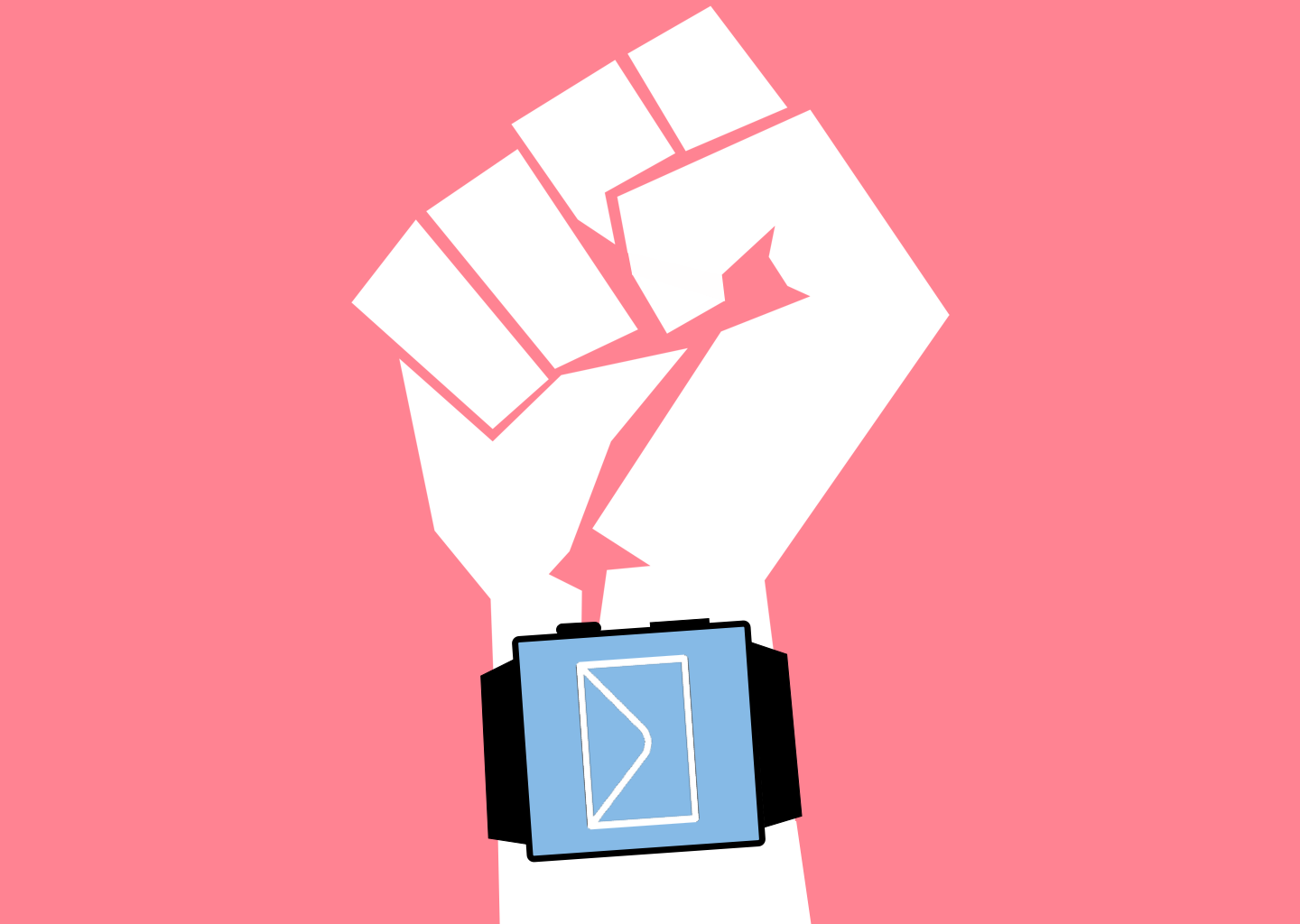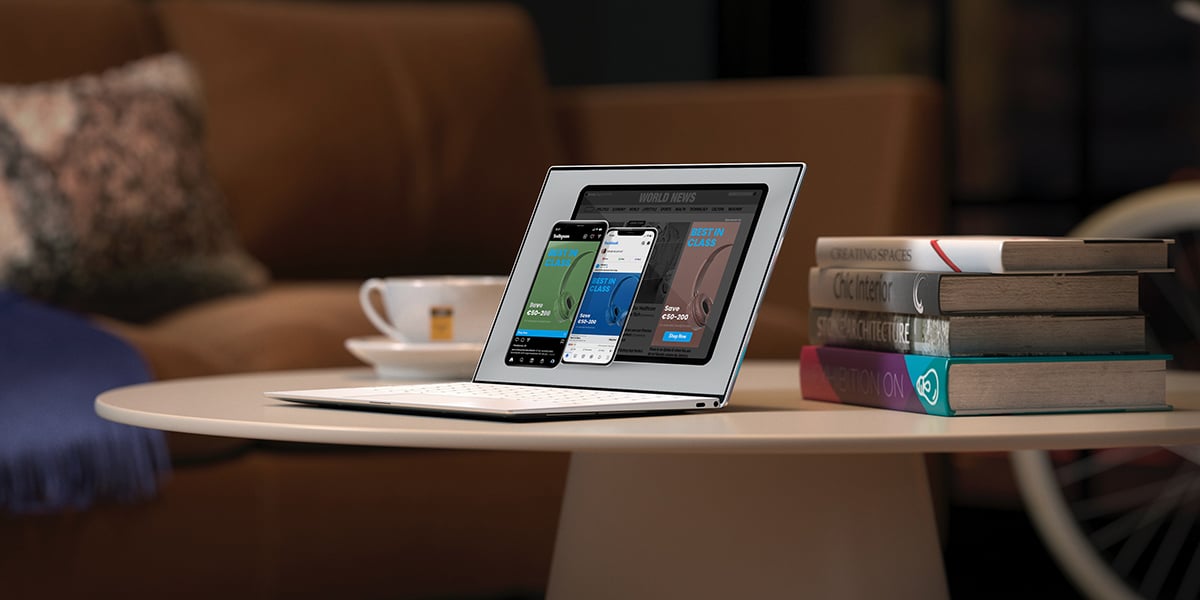
It’s 2016, and there are still no hoverboards. There are things branded as such, but if they’re not floating a few inches above the ground, and making that buzzing, humming sound, they’re not floating OR futuristic. Thinking about it, those hands-free segways that call themselves hoverboards look significantly more unstable, and less fun, than any sort of transport that Back to the Future came up with.
Anyway, we may not have proper futuristic personal transport yet, but technology has advanced massively in other ways. Wearable tech is a perfect example of this. Who would’ve thought that the basic mobile phones from 20 years ago would advance to pocket sized supercomputers, linked to the watch that you wear? Who could’ve guessed that the very same watch could keep track of your heart rate, measure your running speed, and let you know when someone is calling you? Who could have possibly have predicted what sort of marketing potential these devices have when it comes to the data they collect?
This generation of wearables is just the beginning too, as the Internet of Things (IoT) becomes common and familiar to the general public. As more and more people are installing sensors in their homes to make them ‘smart’, people will start to do the same with their everyday items, like clothes, extending their own personal collection of wearable tech. The more connected items they have, and the more they use, the more the marketing industry can focus on what people need at any given time, rather than guessing as to what they might want. This is where the marketing revolution lies.
A study carried out by Vanson Bourne, which took on the opinions of 2000 people, found that 58% of the people asked often used wearable tech as part of their buying journey online. So over half have now implemented wearables into their shopping habits. The question is, how do marketers capitalise on this huge market of wearable...wearers?
The most obvious way to capitalise on this new screen real estate is through more traditional display advertising, whether as a banner before an app opens up or via email. There will be ways to tailor your ads so they make the most of the screen space and functionality available. Something like a cube banner, for example, would work really well. The main difficulty here is, they would have to be very well targeted and relevant to the user, otherwise they could have a negative impact, and be seen as too invasive.
For wearable advertising to work best, it needs to appear in exactly the right place at precisely the right time. The great thing about current wearable tech, and IoT enabled sensors, is that it’s all mainly based around location and behaviours. Most watches are marketed for their fitness tracking capabilities, GPS functionality and the ability to record exercise. The sensors used in IoT devices are often there to detect issues or changes. So what’s in this for marketers?
Let’s use one specific situation as an example. Say a runner buys some new training shoes, which have sensors in the soles designed to detect wear and tear, pressure on each step, and maybe even the balance of each foot. This person syncs the new shoes to their smartwatch, along with where they were bought, and begins to use them every day to train for a marathon. A few months later, this person has logged a huge amount of miles in these trainers. She then goes into the city to meet a friend for lunch, but on her way gets a reminder via her watch that she needs to think about getting a new pair of trainers, as the ones she bought months ago are close to the end of their reasonable use. She gets the reminder because she’s close to the shop where she bought the last pair, and it’s relevant as she’s been thinking it might be time for a new pair. This ad even gives her directions to the store, and maybe offers a 10% discount if she buys that day.
The opportunities for this kind of marketing are endless. Maybe there’s someone wearing Smartglasses, who’s looking up restaurants in a city centre, and then he sees a banner ad for a burger bar that’s just around the corner, which also has a couple of positive user reviews to promote it. Maybe another person wears a jacket, but the sensors within it say the temperature seems far too high, so recommends looking for a lighter jacket in the local mall, and suggests sales, or sends a small screen ad to the smartwatch persuading the wearer to get a cold drink from a certain restaurant nearby.
At first glance, this may seem a little invasive, but the wearers of this tech tend to be more willing to at this kind of thing as being part of their own personal, technological ecosystem. There will, of course, have to be assurances around privacy and security for the individual, so that data isn’t stored or shared, and everything should be on an opt in basis, but marketing like this is about enhancing the life of the audience. Rather than trying to persuade people to buy things they may not have thought of before, this is about giving people gentle nudges towards things they are genuinely interested in.
So it’s not just about using the extra bits of screen space these wearables afford, it’s about using the data from them to form a better, more accurate picture of your audience. This allows you to properly tailor your ad campaigns, and make them perfect for a specific audience set. This, in turn, will increase engagement, brand identity, and bottom line sales. As wearables get more popular, and more advanced, the amount and quality of information will only increase, and this could have a huge effect on online display advertising in the future. Programmatic advertising will play a huge part in this too, as the data about audiences gets more detailed and ad space available becomes more and more tied to the individual users.
It’s clear that this rapidly growing sector is one for the marketing companies to jump on board. The key is, not to look at this through traditional ‘display advertising’ eyes. This is a new sector, and combined with the IoT and other connected devices, could provide personal tech ecosystems which are rich with valuable information, that will benefit the users as much as it does the marketers.
2016 then. Still no hoverboards, but we’re still challenged with constant revolution and innovation, with things that 20 years ago no one would’ve seen coming. Things that, in deeper and more meaningful ways, are more impressive than floating on a plank a few inches above the ground. The question is, where will tech take advertising next?






